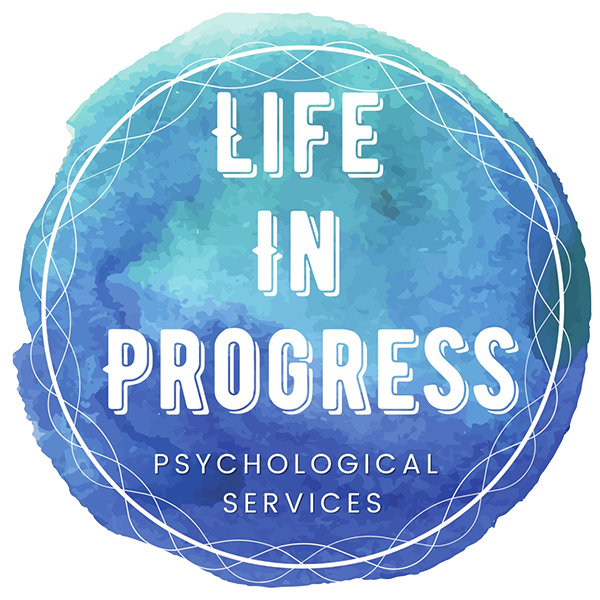Our early experiences in life shape the way we form emotional bonds and connect with others. Attachment theory illuminates how these early attachments influence our relationship patterns throughout life. Understanding our attachment style can provide valuable insights into how we approach and navigate relationships, impacting our emotional well-being and interpersonal dynamics. In this blog, we will explore the different attachment styles, provide brief examples of how they manifest in relationships, and explore how therapy can assist individuals in navigating and healing from attachment-related challenges.
An Overview of the Four Attachment Styles
- Secure Attachment: Individuals with a secure attachment style feel comfortable with intimacy and are confident in expressing their needs within relationships. They trust their partners and believe they will be there when needed, fostering a sense of safety and security.
- Anxious Attachment: People with anxious attachment crave close emotional bonds but often worry about rejection or abandonment. They may desire constant reassurance and be sensitive to perceived signs of distance or disinterest from their partner.
- Avoidant Attachment: Individuals with avoidant attachment may have grown up with inconsistent caregiving or emotional unavailability. They tend to value independence and may struggle with vulnerability and emotional intimacy. They may suppress their needs and emotions to maintain distance from their partner.
- Disorganized Attachment: This attachment style often results from experiencing traumatic or frightening caregiving, leading to a mix of anxious and avoidant behaviors. People with disorganized attachment may feel overwhelmed by emotions, find it challenging to trust and struggle to establish secure relationships.
Examples of Attachment Styles in Relationships
- Secure Attachment
In a relationship, securely attached individuals feel comfortable expressing their needs and emotions without fear of judgment or rejection. They are supportive and empathetic partners who are reliable and responsive to their
partner’s needs. Securely attached individuals trust their partner’s intentions and are confident in the relationship’s stability. - Anxious Attachment
In relationships, anxious individuals may seek constant reassurance and validation from their partner to alleviate their fears of abandonment. They may overanalyze their partner’s words and actions, often interpreting them as signs of potential rejection. Anxiously attached individuals may become clingy or overly dependent on their partner’s attention and affection.
- Avoidant Attachment:
Individuals with avoidant attachment may struggle to express vulnerability and may distance themselves emotionally to protect against potential rejection. They may appear emotionally aloof or dismissive of their partner’s emotional needs.
Avoidantly attached individuals might find it challenging to fully commit or engage in long-term relationships. - Disorganized Attachment:
In relationships, disorganized individuals may display unpredictable behaviors, experiencing difficulty in navigating intimacy and emotional connection. They may oscillate between seeking closeness and pushing their partner away, leading to confusion and instability in the relationship. Disorganized attached individuals may also struggle with emotional regulation and may act out in times of stress or conflict.

Therapy’s Role in Navigating Attachment Styles
- Understanding Attachment Patterns: In therapy, you can explore your early attachment experiences and how they influence your current relationships. This self-awareness is crucial for personal growth and relationship improvement.
- Healing Attachment Wounds: Therapy offers a safe space to address and heal attachment-related wounds from the past, providing opportunities for emotional processing and growth.
- Developing Healthy Coping Strategies: I can help you develop healthy coping strategies to manage anxiety, insecurity, or emotional avoidance in relationships.
- Enhancing Communication Skills: Effective communication is essential in relationships. Through therapy, I teach clients healthy communication skills, improving emotional intimacy and conflict resolution.
- Building Emotional Resilience: Therapy helps you build emotional resilience, empowering you to navigate challenges and conflicts in relationships more effectively.
- Secure Attachment Repair: For those with insecure attachment styles, therapy can offer a secure base to experience a healthy therapeutic relationship, providing a model for a more secure attachment style, promoting healthier and more satisfying connections with others.
Attachment styles play a significant role in how we form and maintain relationships throughout our lives. Whether we embrace secure, anxious, avoidant, or disorganized attachment patterns, self-awareness and emotional growth are vital in fostering healthy and fulfilling connections. Therapy offers space to explore attachment-related challenges, heal past wounds, and develop healthier patterns of relating to others. By investing in self-awareness via understanding our attachment styles and addressing any attachment related challenges, we can navigate relationships with greater emotional intelligence, empathy, and resilience.
“Attachment principles teach us that most people are only as needy as their unmet needs. When their emotional needs are met, and the earlier the better, they usually turn their attention outward. This is sometimes referred to in attachment literature as the “dependency paradox”: The more effectively dependent people are on one another, the more independent and daring they become.” – Amir Levine & Rachel Heller

